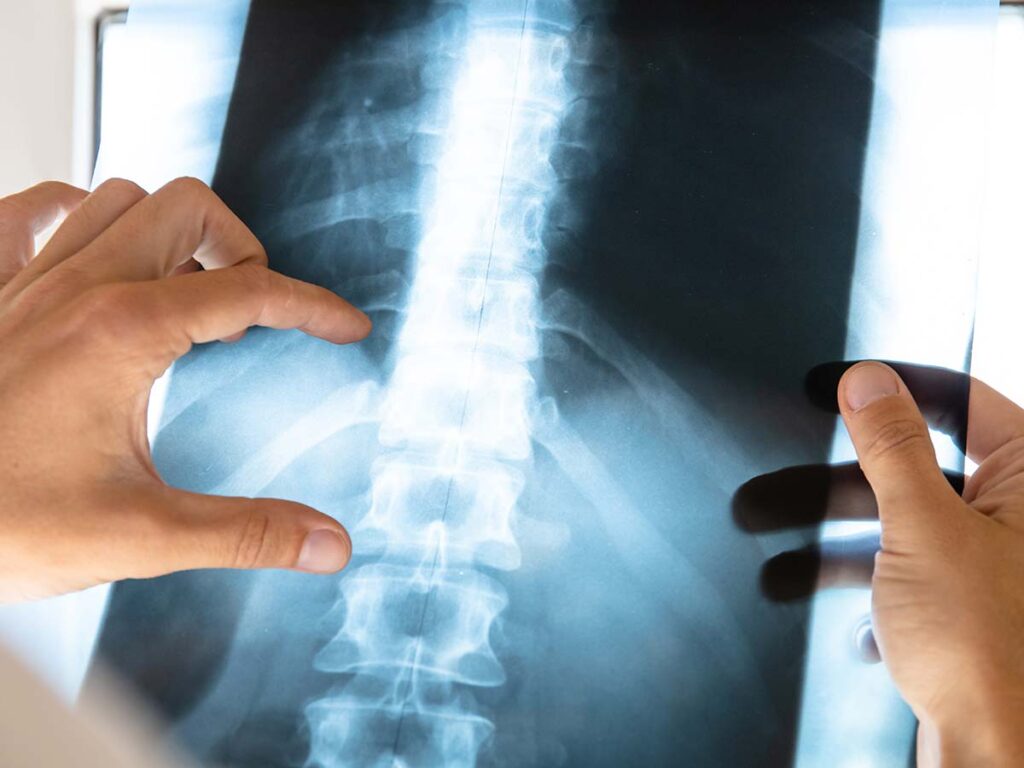How Long Does a Broken Bone Case Take?
If you’ve suffered a broken bone due to an accident, you’re probably wondering how long your case will take—from the initial injury to the point of receiving compensation. These cases can range from a few months to well over a year, depending on various medical and legal factors. The severity of the fracture, the time required for bone healing, the type of medical treatment received, and the complexity of the case all affect the duration of the claim process.
Understanding the timeline is important, especially if you’re dealing with mounting medical bills, lost wages, or long-term physical limitations caused by the injury.

How Long Does It Take a Broken Bone to Heal?
Typical Bone Healing Timeline
For most people, the average healing time for a broken bone is between 6 to 12 weeks. However, several factors influence this timeline:
- Type of fracture: Simple fractures generally heal faster than displaced fractures or comminuted fractures.
- Location of the break: A broken arm may heal more quickly than a broken leg, which can require more time before weight bearing is safe.
- Patient health: Age, blood supply, overall wellness, and nutrition all affect how quickly a bone can heal.
- Severity: More severe fractures or breaks requiring internal fixation with metal rods or plates will typically prolong the healing time.
Stages of Bone Healing
The bone healing process occurs in multiple stages:
- Inflammatory phase – Immediately after the break, the body forms a blood clot around the fracture site to stop bleeding and start healing.
- Soft callus formation – Connective tissue starts forming a soft callus that bridges the gap between broken bone fragments.
- Hard callus formation – New bone starts to replace the soft callus, reinforcing the structure.
- Remodeling phase – Over weeks or months, the bone continues to heal and return to normal strength and shape.
This natural process takes time. In cases involving stress fractures, hairline fractures, or more severe breaks, healing can extend beyond the typical timeframe, sometimes taking up to six months or longer.
Factors That Affect the Legal Timeline
Waiting for Maximum Medical Improvement (MMI)
In most personal injury cases involving broken bones, attorneys recommend waiting until the patient reaches maximum medical improvement. This means the bone has healed as much as possible, and doctors can better predict future treatment needs or limitations.
Waiting for MMI ensures that all damages—medical costs, pain and suffering, and future care—are accurately included in the claim.
Type and Severity of the Injury
Simple fractures may result in relatively straightforward cases, especially when liability is clear. However, severe breaks, such as a displaced fracture or a comminuted fracture requiring surgery, extended physical therapy, or the use of an external frame, may complicate the legal claim and add time to the resolution.
Medical Treatment Documentation
To build a solid case, your legal team will need full documentation of all medical treatment. This includes X-rays, computed tomography or magnetic resonance imaging scans, surgical reports, and ongoing physical therapy records.
Detailed records from your healthcare provider are essential in proving the injury’s impact and justifying compensation for medical expenses, pain, and loss of normal activities.
The Legal Process: Step-by-Step Breakdown
1. Medical Evaluation and Treatment
Seek treatment immediately and follow your provider’s guidance for proper alignment, reduced pain, and to avoid further injury or complications like a bone infection.
2. Investigation and Case Building
Your attorney will investigate the cause of the accident, gather evidence, and request medical records. They’ll also consult with experts if needed—particularly for severe fractures or when internal organs or blood vessels were affected.
3. Settlement Negotiations
After reaching maximum medical improvement, your attorney will begin settlement discussions. If the other party’s insurer refuses to offer fair compensation, your attorney may file a lawsuit.
4. Litigation (if necessary)
Filing a personal injury lawsuit doesn’t mean you’ll go to trial, but it may extend the timeline. Litigation includes discovery, depositions, and possibly mediation or arbitration before a trial date is set.
Average Timeline for a Broken Bone Case
- Minor fractures with clear liability: 3 to 6 months
- Moderate cases involving physical therapy or delayed healing: 6 to 12 months
- Severe or complex fractures requiring surgery or long-term treatment: 12 to 24 months or more
Delays can occur due to insurance company disputes, the need to diagnose bone fractures more accurately, or complications like slow healing bone, improper alignment, or disputes over pain levels and other injuries.

How to Help Your Case Move Faster
- Follow all medical advice and attend all appointments
- Maintain a healthy diet, rich in calcium and vitamin D, to help your bone heal properly
- Avoid activities that could cause further injury or delay healing
- Keep copies of all documents, including prescriptions, therapy notes, and out-of-pocket expenses
- Work closely with your attorney and provide timely updates about your recovery
Learn more about how long your broken bone case may take. Call Greenstein & Pittari, LLP at (800) 842-8462 to schedule your free, no-obligation consultation. You can also reach us anytime through our contact page. Let us help you take the first step toward justice and recovery.
FAQs: How Long Does a Broken Bone Case Take?
Q1: What affects how long a broken bone case takes?
The healing time, the complexity of the fracture, medical treatment needs, and whether liability is contested all play a role in how long a case may last.
Q2: Can I settle my broken bone case before I fully heal?
While it’s possible, it’s often not recommended. Settling too early can prevent you from recovering compensation for future complications or long-term care.
Q3: What types of fractures take longer to heal?
Displaced fractures, comminuted fractures, or breaks requiring internal fixation tend to have longer recovery times compared to simple fractures.
Q4: Do I need physical therapy for a broken bone?
Many cases involve physical therapy to help restore function, especially if the injury impacted your ability to bear weight or use a limb fully.
Q5: What complications can delay healing?
Bone infections, poor blood supply, improper care, or pre-existing conditions can slow the bone healing process and extend both recovery and legal timelines.
